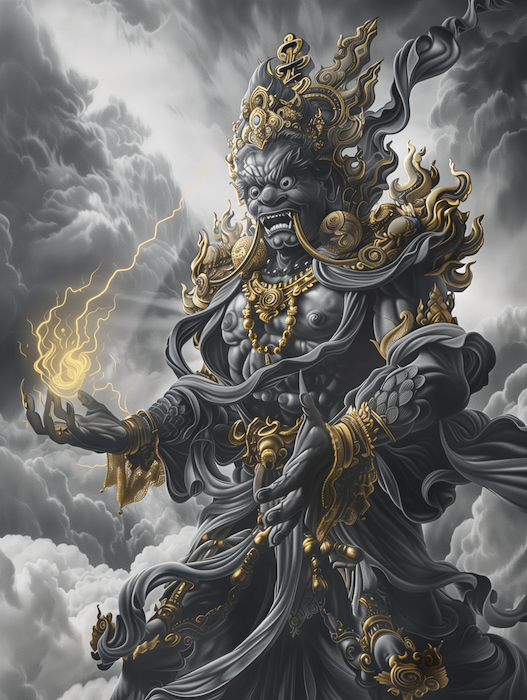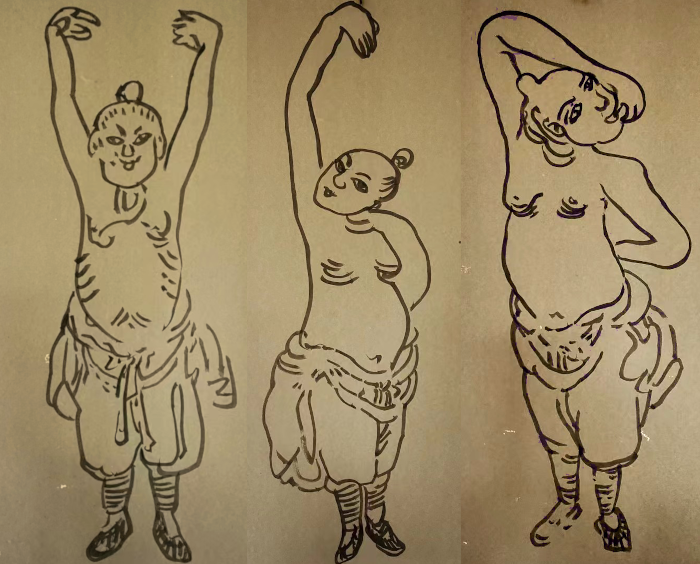Chan
-
Guarding 守, Gathering 聚, Guiding 行
Three important categories of neigong practice are guarding, gathering, and guiding. These categories describe both the technique and the result achieved by the practice. Guarding 守 Many have heard the saying “yi shou dantian” meaning attention guards the dantian. This relates to practices derived from the technique of guarding (shou 守) which has deep roots in both Daoist and Buddhist meditation practices variously referred to as shou yi 守一 “guarding the one”, shou zhong 守中 “guarding the center”, and shou qiao 守窍 “guarding the opening.” In this mode of practice, attention is stabilized on a special energetic location in the body such as the various openings or qiao, including the…
-
Vajrapani: the Protector of Shaolin
Vajrapani is a deity with special significance for Shaolin Temple who is rich with symbolism. Could he also represent the skill of electric-like qi emission? As discussed below, this idea may not be too much of a stretch. Vajrapani is the patron Bodhisattva and protector deity of Shaolin Temple. In Chinese he is called Jingang Shou Pusa (金刚手菩萨), literally, “holder of the vajra.” The vajra is both a symbolic ritual object and a weapon, and could be translated from Sanskrit as either “thunderbolt” or “diamond.” Vajrapani is a deity that is not only seen as a protector and source of strength, but also represents some of the most interesting juxtapositions…
-
What is Yijinjing 易筋經?
Yijinjing 易筋经/易筋經 refers to a collection of methods of powerful Chinese neigong 内功 (“internal skill”). Legend has it that it originated from the Indian monk Bodhidharma (Damo 达摩) who came to China and founded Chan 禅 Buddhism (the form of Buddhism which later became known as Zen in Japan) at the Shaolin Temple. In fact, neigong containing the Yijinjing principles and signature movements can be found throughout China within various traditions. The word Yijinjing consists of three Chinese characters: Yi 易: The character’s two components are 日 “sun” and 勿 “not.” The sun represents constancy, it was the most constant thing in one’s visible surroundings. Putting the two characters together,…


